PPG’s William Brunat speaks to AMS about how new vision-system-friendly body coatings will provide vital solutions for electric and autonomous vehicle production …
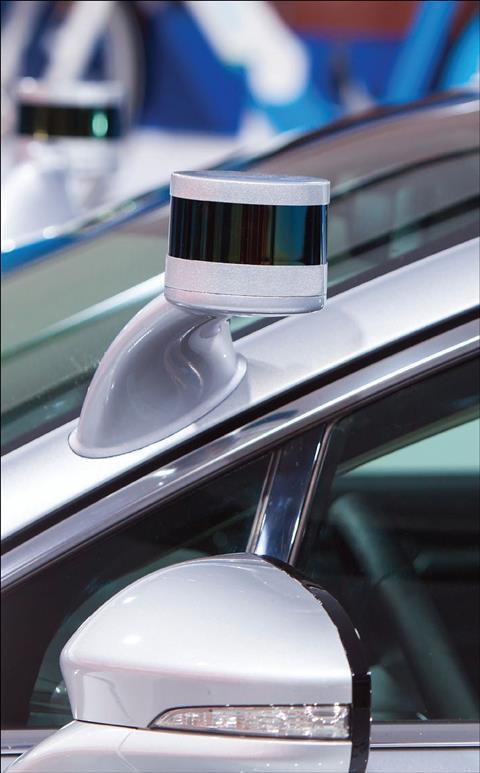
The future of e-mobility will encompass next-generation powertrains and new fleets of self-driving vehicles. A crucial requirement for any self-driving units is being able to detect other vehicles. However, William Brunat, technical director for automotive coatings at PPG, suggests the current types of paint used could render the vehicles invisible to autonomous detection systems.
“Most of the cars are coated with conventional paints, but we know it’s going to change with the use of LiDar, new specifications and all the regulations that will be needed,” he states.
Reflective surfaces
Lidar systems use ultraviolet, visible or near-infrared light in order to map objects. One issue with this technology has been how light from the laser pulse is partially reflected by water droplets in bad weather, making it difficult for the system to properly detect any objects in its path. However, Brunat points to another potential challenge; the reduced reflectivity of some conventional paints.
“With LiDar the principle is very similar to cool paints,” he explains. “For example, in the summertime when you put your hand on a car, the white one is significantly cooler than the black one. The reason is heat coming from absorbing the sunlight. Sunlight contains visible lights, UV light and also a lot of infrared light. This is where we feel the heat when we are exposed to the sun. The same for the car.
“Now, black absorbs a lot compared to white, and because they absorb a lot, those wavelengths, those [patterns] are transformed into heat. So white will reflect maybe 80%, 90%, 95%, depending on the white that you have. A black, a high-jetness black, maybe 5%. Which means that 95% of the radiation will be absorbed.
One issue with LiDar technology has been how light from the laser pulse is partially reflected by water droplets in bad weather, making it difficult for the system to properly detect any objects in its path
“It should be noted that about 20% of the cars made today are [painted] black. On a sunny day there’s no issue, even though you would have only a 10% reflection, that’s safe enough to drive a car autonomously. But when it rains, or there is frost or fog, then the quantity of light transmitted through the atmosphere will impede the sensitivity of the LiDar, because the LiDar sees something only when there’s a reflection. So, no reflection means no detection. No detection means the car carries straight on with the potential for a crash with another vehicle.
“So, with the conventional paint the LiDar’s near-infrared beam is scanned all around and then it hits the surface of the clear coat. It’s clear, so it passes through, then it hits the base coat and if it’s a high jetness black, 95% is absorbed and just 5% is reflected. So, you’ve lost 95% of your signal.

Increasing visibility
According to Brunat, PPG has been working on a solution to improve the reflectivity of the vehicle’s paint to allow for better visibility in relation to LiDar detection, but without compromising the colour, finish or durability.
“We use a similar clear coat, but for the base coat – still black, but there’s a difference in the black – we are using a near-infrared transparent pigment,” he begins.
“So, the laser beam, when it hits the black surface, is transmitted almost completely through to the primer. However, we have modified the primer to make it near-infrared reflective. With this near-infrared system, the laser goes through the clear coat and base coat unchanged. Then it goes to the primer, which is now almost fully reflective, and is transmitted back almost completely through the near-infrared black pigment layer, the base coat, through the clear coat, through the LiDar detection. And with that, the reflectivity, which was at the beginning 5%, is now 90%, giving us a significant improvement in terms of detectability, and so, safety.”
Getting a true colour
One of the challenges in developing this system has been ensuring the quality and depth of the base coat colour, in this case black. Clarifying a point made about this earlier, Brunat explains: “There’s an issue with the near-infrared pigment alone, which is that those pigments are not black-black. They are just dark grey, slightly black. So, if we were to use these we would not be able to fulfil the colour requirements of the high jetness blacks.
“Our solution is to use Andaro pigments, which are nano-sized pigments, so a few tens of nanometres instead of, let’s say, hundreds of nanometres. These provide extremely deep colours with limited absorption and scattering because of the size of the pigments. And this is exactly what we need to increase the jetness without too much reduction in the near-infrared [transmitivity].
“That works on a very black, a very high-jetness black. It also works on different colours. The result is not always [exactly] the same, but there are always improvements. And it should be noted that currently there is no specification on what level of reflectivity or transmissivity you should have but I think this will come sooner”.
At present this LiDar-friendly coating is in development and PPG says it requires no changes to the application or curing processes. All that’s needed now are the autonomous vehicles.





























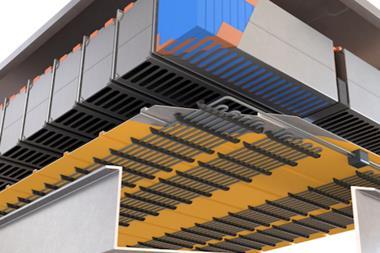
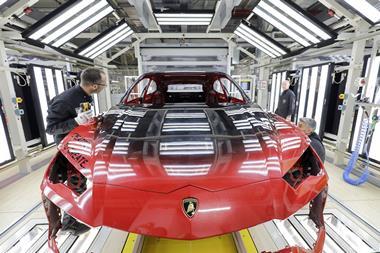
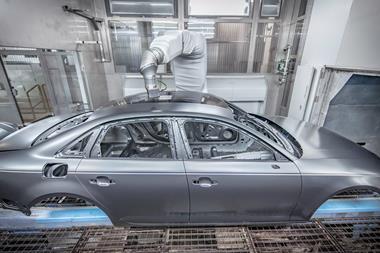
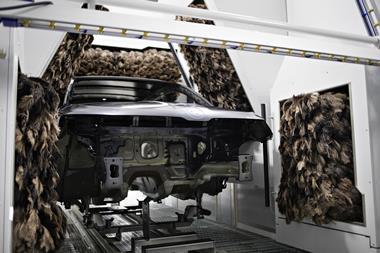
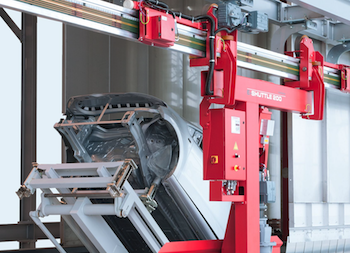




No comments yet